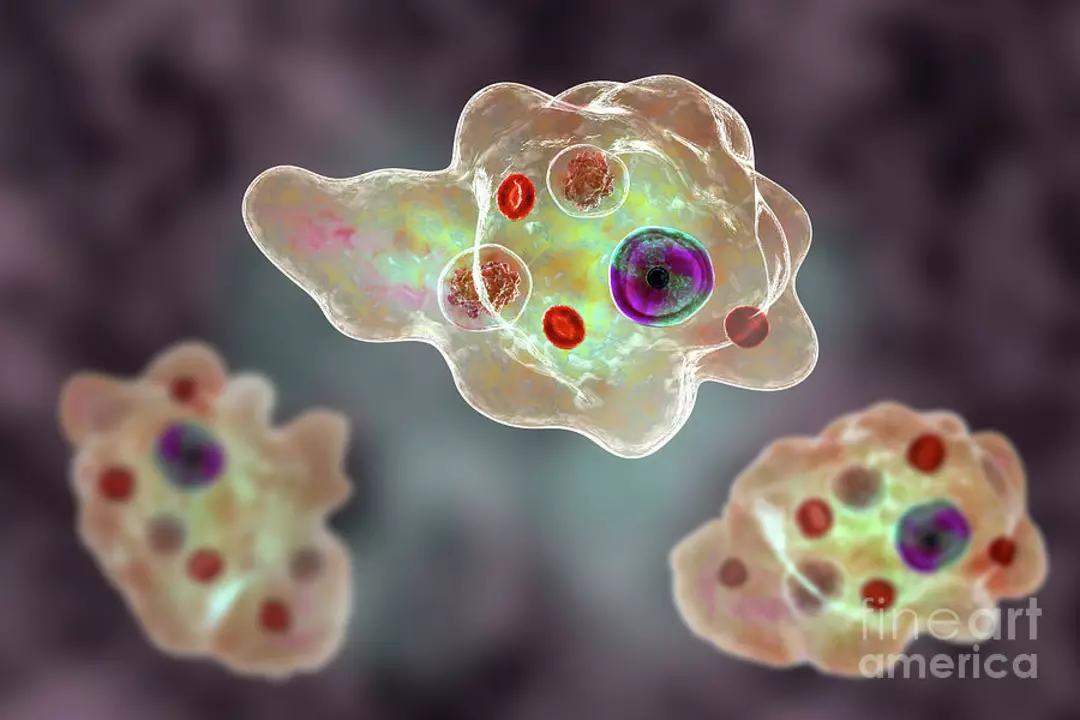You don’t have to be alone with mental health struggles. This page collects clear, practical information about common conditions, what treatment looks like, and how families can help. We focus on real steps you can use today.
You’ll find plain explanations of anxiety, depression, bipolar disorder, and how infections or physical illness can affect mood. We include stories and summaries that make complex ideas easier to understand. For example, a post looks at how amoeba infections can cause fear and isolation for patients and families. Another explores famous people who lived with manic-depressive disorder and how they managed work, relationships, and treatment.
Signs to watch for
Look for changes in sleep, appetite, energy, interest in activities, or sudden shifts in mood. For bipolar disorder, notice distinct episodes of high energy or low mood that last days to weeks. If someone shows persistent hopelessness, thoughts of harming themselves, or severe confusion, seek professional help immediately.
Start by talking to a trusted person or your family doctor. Write down specific changes you’ve noticed so a clinician can help faster. Try simple routines: regular sleep times, short daily walks, and cutting back on alcohol. Mindfulness or breathing exercises can reduce stress in the moment. If medication is recommended, ask about side effects and how the medicine will be monitored.
Supporting a loved one
Listen without judgment and offer small, concrete help - drive to appointments, help with meals, or remind them about prescriptions. Avoid minimizing feelings or saying "snap out of it." Instead, ask what they need and encourage professional care when necessary. Families face strain so consider support groups or counseling for caregivers too.
How treatment usually works
Treatment often blends talk therapy, medication, and lifestyle changes. Cognitive behavioral therapy helps change unhelpful thoughts and behaviors. For bipolar disorder, mood stabilizers and careful monitoring are common. If a physical illness like an infection affects mood, treating the underlying condition is key.
Finding care in Canada
If you’re in Canada, start with your family doctor or provincial mental health line. Many provinces offer online resources and virtual therapy options. If wait times are long, ask your provider about interim supports like crisis lines, walk-in clinics, or community mental health teams.
Want reliable reading?
Check our posts for personal stories and practical guides. Each article aims to give clear steps you can use, not just theory. Reach out if you want a specific topic covered next.
Browse tags like anxiety, depression, bipolar, and recovery to find focused posts. Try our symptom checklists before appointments so you can share clear examples with clinicians. If you prefer stories, read the personal accounts to see coping strategies that worked for others. Want step-by-step plans? Look for articles titled 'week-by-week' or 'starter plans' to build routines slowly. You can also sign up for our newsletter to get practical tips and new posts delivered to your inbox. Questions? Contact us and we'll point you to fast help.

Panic disorder involves sudden, intense panic attacks and often leads to agoraphobia. Learn how CBT and medication can effectively treat it, why people delay help, and what recovery really looks like.
View more
Grief after blood cancer is messy and exhausting. Here’s a clear, practical guide to cope, handle tasks, find support, and spot red flags-without toxic positivity.
View more
Amoeba infections have a significant psychological impact on both patients and their families. As a blogger who has researched this topic, I've discovered that the fear of contamination and uncertainty about the future often cause anxiety and stress. Additionally, the physical symptoms of the infection can lead to depression and feelings of isolation. Family members may also experience emotional distress and helplessness as they watch their loved one suffer. Overall, it is crucial to address the psychological aspects of amoeba infections to ensure comprehensive care and support for patients and their families.
View more
In my latest blog post, I have explored the lives of famous individuals who lived with manic-depressive disorder, also known as bipolar disorder. It is fascinating to learn how these remarkable people managed to achieve great success despite their struggles with mental health. Some of the well-known figures I discuss include Vincent van Gogh, Virginia Woolf, and Ernest Hemingway. Their stories serve as an inspiration for all of us, reminding us that even in the face of adversity, it is possible to make a significant impact on the world. I invite you to give it a read and get inspired by their resilience and determination.
View more